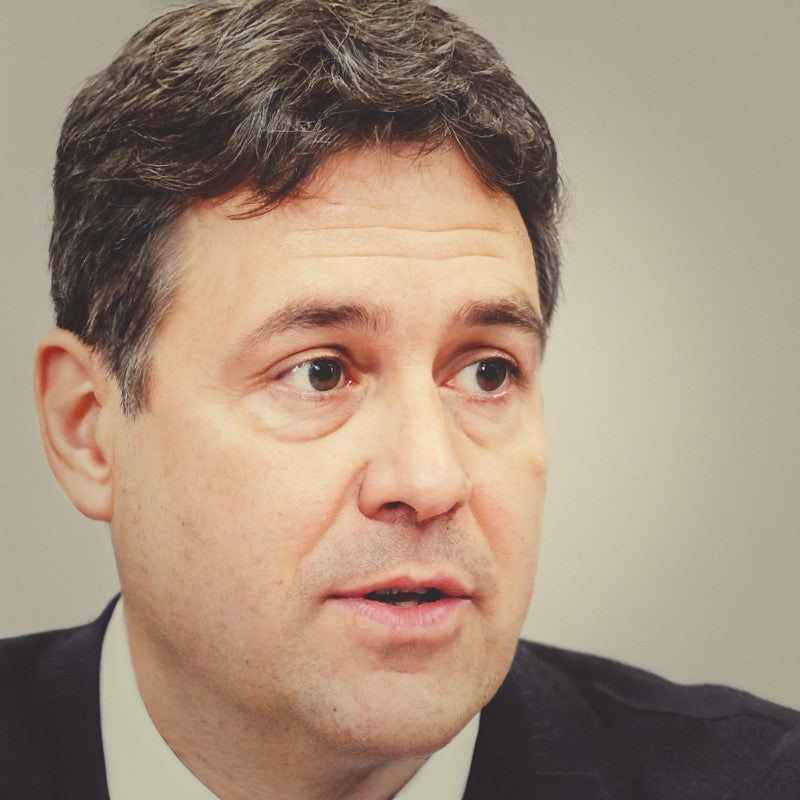Welcome! If you’re preparing for an Administrative Officer (AO) interview in the Civil Service and need help with the "Seeing the Big Picture" behavior, you're in the right place.
This post is designed to help you understand what this behavior means, how it applies at the AO level, and how to confidently answer related interview questions. Let's get started! 🎉
What is "Seeing the Big Picture" and Why is it Important for Administrative Officers?
"Seeing the Big Picture" is all about understanding how your work fits into the bigger goals of your team, department, and even the entire Civil Service. It’s about knowing how decisions impact different areas and how your role contributes to overall government objectives. 🌍
For Administrative Officers (AO), this behavior focuses on having awareness of the immediate priorities and how day-to-day tasks tie into those broader goals. At this level, it’s more about understanding your direct environment, while higher levels (e.g., EO or HEO) require a more strategic view of departmental or nationwide policies.
How It Differs at AO Level
While more senior roles (like EO or HEO) need to set the strategic direction, as an AO, you're expected to understand and support that direction. You need to be aware of how your role connects to what others are doing, and how decisions affect the team or project in the short term.
How to Answer "Seeing the Big Picture" Questions Using the B-STAR Method
The B-STAR method is a fantastic way to structure your answers in Civil Service interviews. Here’s a breakdown of how you can use it:
🌟 B = Belief
Start by explaining what you believe about the importance of understanding the big picture. This shows your mindset and attitude toward the behavior.
🌟 S = Situation
Describe the context of your example. Set the scene with relevant details that demonstrate the complexity of the scenario.
🌟 T = Task
Explain your role in the situation. What specific tasks were you responsible for? This shows your part in the bigger process.
🌟 A = Action
Detail the actions you took to support the larger goals. How did you make sure your work aligned with team or organizational objectives? Be specific here!
🌟 R = Result
End by explaining the outcome. What happened as a result of your actions? Did you help achieve the goal or improve a process? Highlight positive results.
Common "Seeing the Big Picture" Interview Questions for AO Level
📝 How do you ensure your work aligns with your team's objectives?
📝 Can you give an example of when you had to consider how your work impacted other teams?
📝 Tell me about a time when you contributed to a larger project. What was your role?
📝 Click this link to see more example questions...
What Interviewers Want to See in Your Answers
Interviewers are looking for more than just a story—they want to see how well you grasp the big picture. Here’s what they are specifically after:
1. Awareness of Broader Objectives
When answering, show that you understand how your actions fit into larger goals. The interviewer wants to see that you aren't just doing tasks blindly—you know how your role connects to the bigger picture. 🌍
2. Initiative in Aligning Work with Goals
They want to hear how you've made sure your tasks align with team or organizational objectives. Did you proactively seek information on broader goals? Were you mindful of how your work impacted others?
3. Positive Outcomes
Lastly, interviewers are looking for results. How did your understanding of the big picture lead to a successful outcome? This could be in the form of improved processes, better teamwork, or achieving a goal more efficiently.
Scenario Ideas for Your "Seeing the Big Picture" Answers
Here are a few real-life scenarios that might help you think about your own examples:
💼 Project Support: You worked on a project to improve a local service and understood how your data entry role contributed to final policy decisions.
📊 Cross-Team Collaboration: You helped coordinate between two teams, ensuring that the work you did aligned with the goals of both departments.
📅 Process Improvement: You noticed inefficiencies in your daily tasks and suggested changes that helped your team complete their work faster, contributing to a wider project goal.
Common Mistakes to Avoid
🚫 Focusing Too Much on the Details: It’s easy to get bogged down in the specifics of the task you did. Keep the bigger picture in mind—how did your actions affect the team's or organization’s goals?
🚫 Skipping the Results: Always include the result of your actions. Interviewers want to know that what you did had a positive outcome.
🚫 Failing to Mention Broader Impacts: Don’t just talk about your individual task. Show that you understood how your work impacted other teams, departments, or even the public.
Key Takeaways for AOs on "Seeing the Big Picture"
✨ For Administrative Officers, this behavior is about understanding how your day-to-day work fits into the bigger team or departmental goals.
✨ Interviewers want to see that you grasp this connection and can link your work to broader objectives.
✨ Use the B-STAR method to structure your answers, and make sure to highlight how your work contributes to successful outcomes.
Good luck in your interview! You've got this! 💪
Click here to continue learning more about the AA/AO interview...


